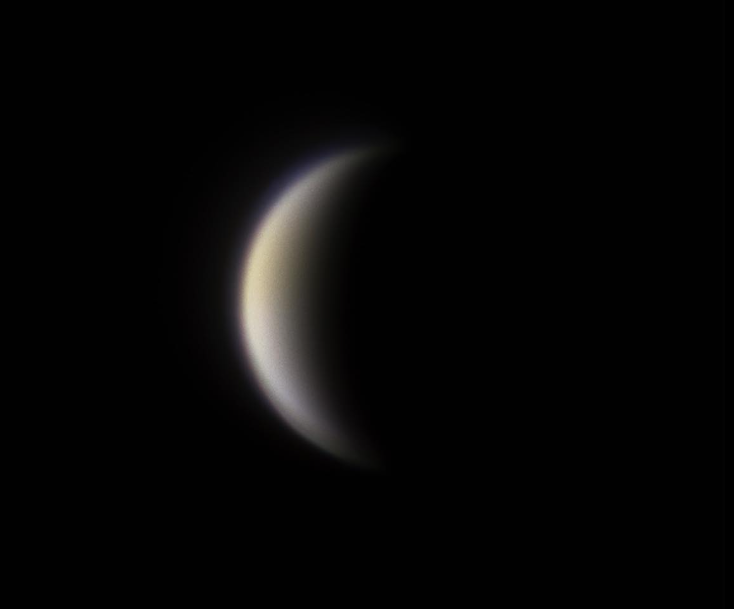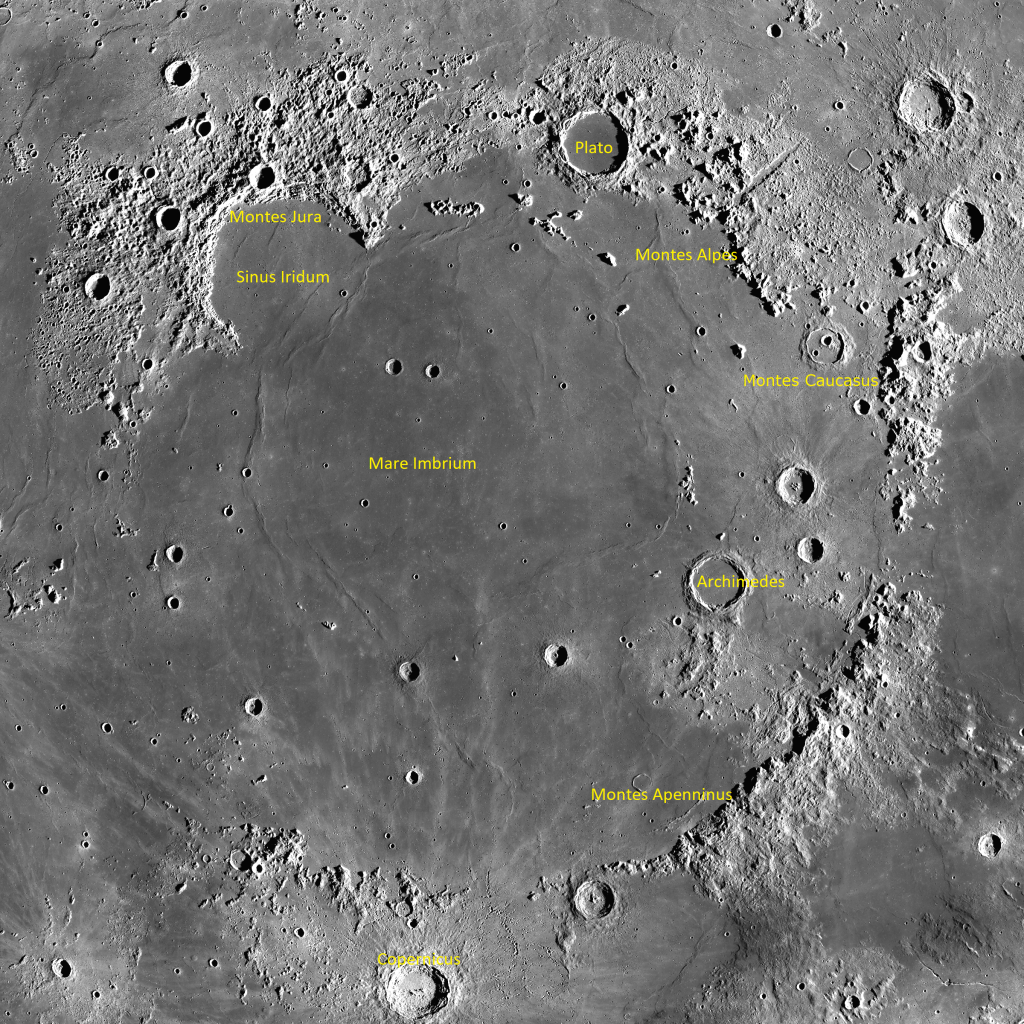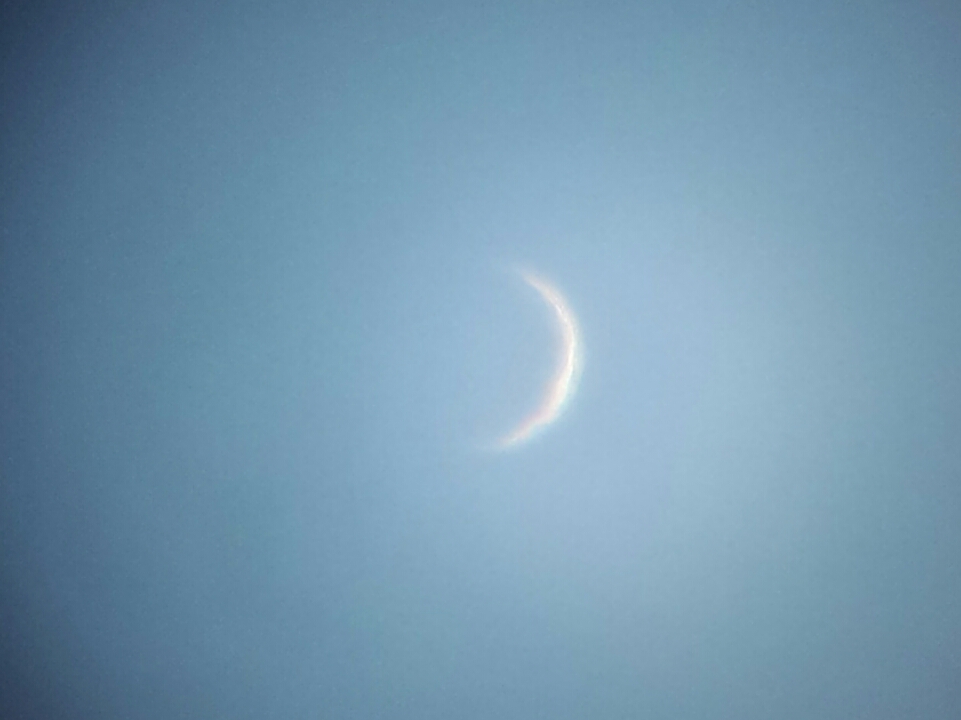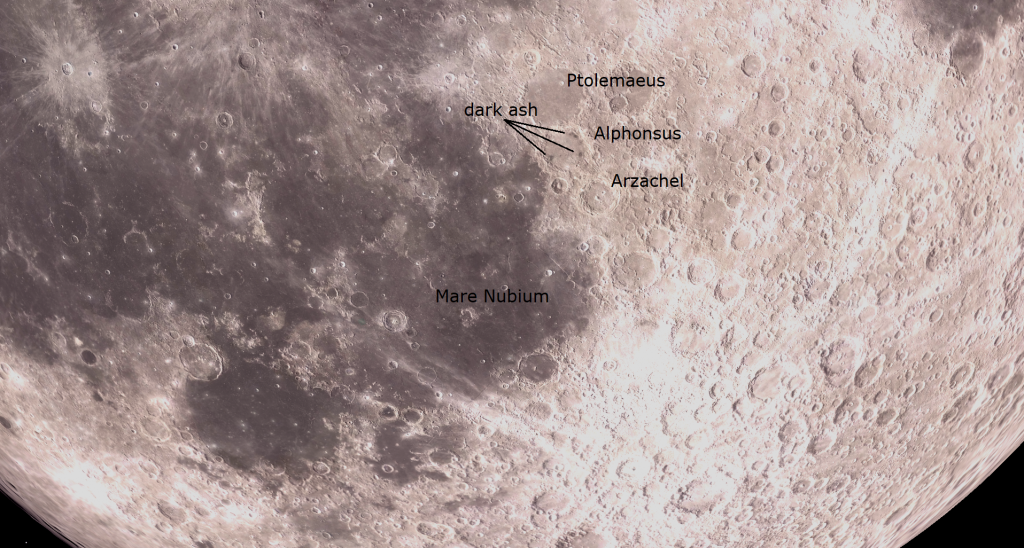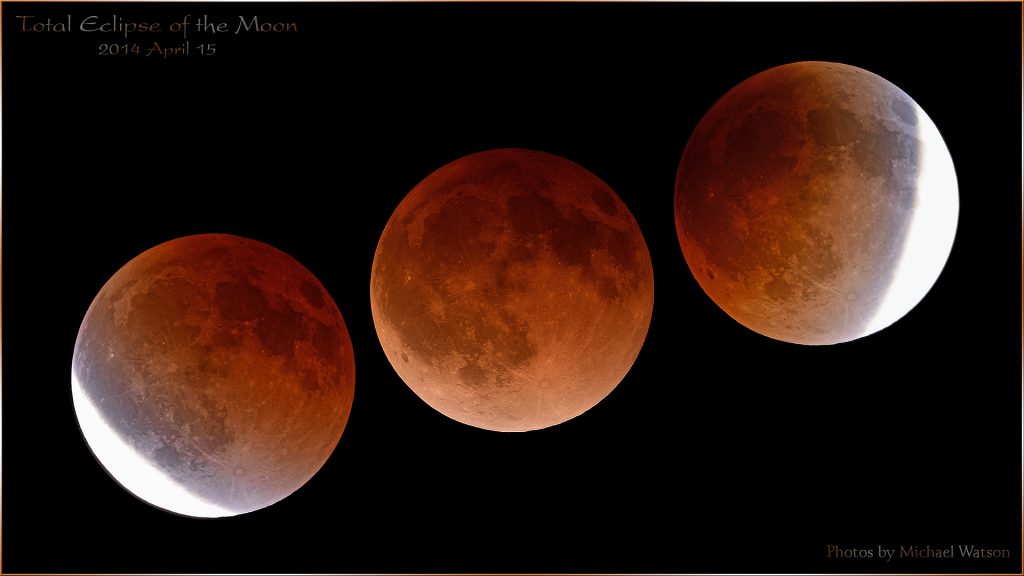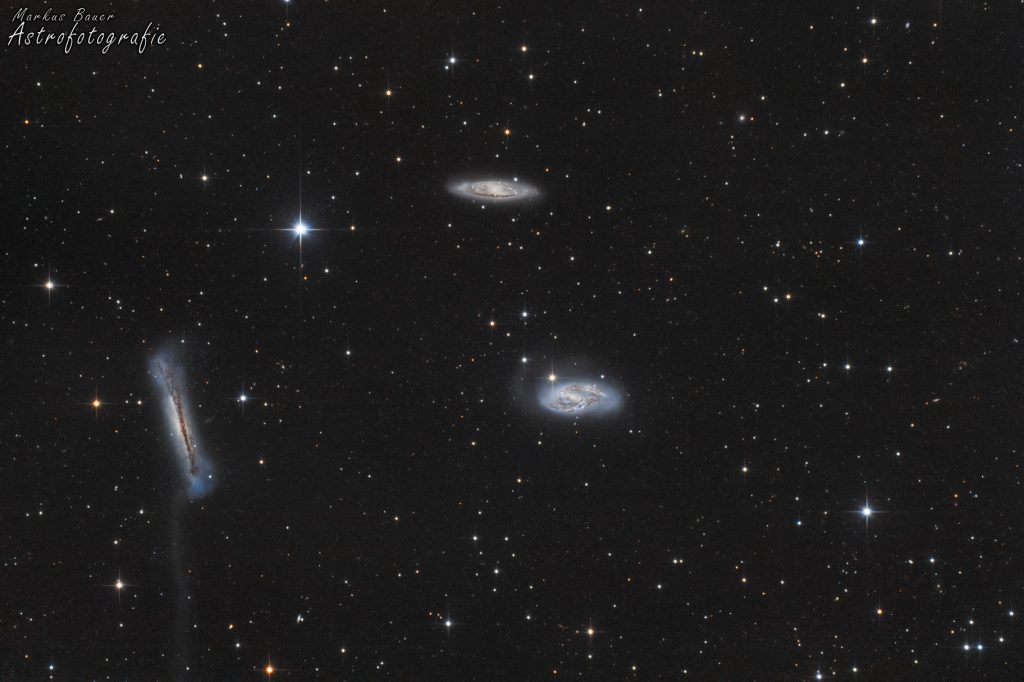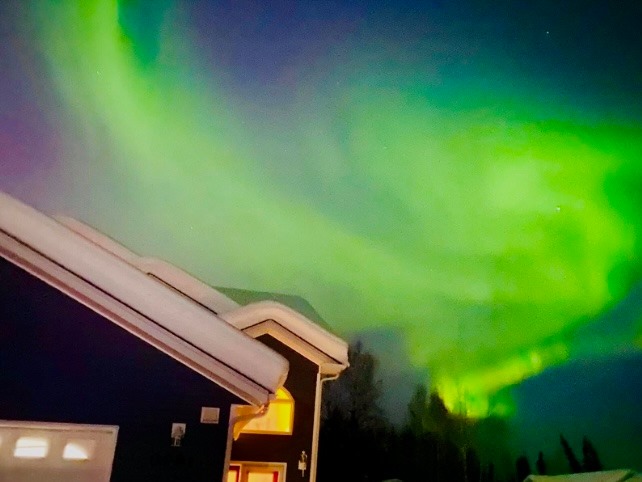Stargazing Time Stretches, a Super Full Harvest Moon, and Bright Planets Pose Morning and Night!
This image of the morning planet Venus showing its current crescent phase was captured through RGB and UV filters on a Celestron C11 telescope on September 22, 2023 by my friend Andrea Girones of Ottawa. Follow her as andrea_girones on Instagram and as @AndreaGirones on X/Twitter to see more of her fantastic images. Hello, end-of-September…
Read more
